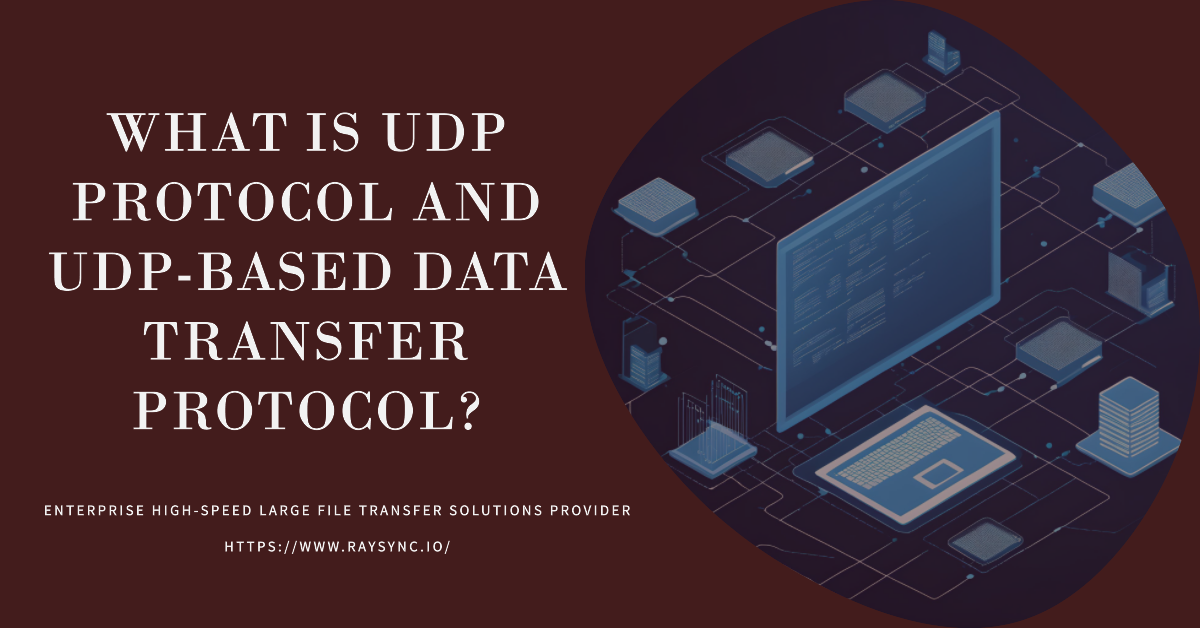The Importance of File Transfer for Enterprises
September 27, 2022File transfer is the core of business operations. The company regularly exchanges data internally with customers, suppliers, and partners every day. Whether they need to transfer batch transactions to an outsourced payroll provider or need to send digital video for marketing activities, they must be able to transfer data safely and efficiently.

Organizations continue to rely on file transfers to share digital information. More than 50% of all system integration is done through file transfer.
"From banking and financial services to defense and manufacturing, the transfer of critical business data is crucial," Todd Margo said in his IBM-managed file transfer blog. "For the business to run smoothly, it is necessary to move, copy, synchronize, and share the ever-emerging and developing digital data forms packaged in the form of files".
He went on to describe some of the factors that affect today's file transfer requirements:
Data volume: Compared with the past, the workload requirements for file transfer are high-frequency batch processing and larger and more diverse files. Innovative applications for streaming are also needed.
Big data and the Internet of Things: Companies are deploying file transfer technology to enable batch transaction file exchange in areas such as the Internet of Things (IoT) and big data analysis. This can greatly increase the data transmission speed. Besides, the amount of data is increasing to support more detailed analysis. The two punches of speed and file volume pose special challenges to file transfer technology.
Security: Network security issues continue to intensify, leading to the adoption of better security technologies. When possible, the file transfer system should compensate for the security overhead by supporting hardware accelerators, new security processing software, and improved file transfer throughput.
According to the analyst report: "Non-compliance with data security and privacy regulations and lack of end-to-end visibility and monitoring are still the main issues facing the functionality of existing large file transfer solutions." The report further added: Cloud-enabled, via API Simplified integration, and improvement of user experience are the subject of development.
SFTP
FTP and Secure FTP (SFTP) are the most widely used file transfer methods. Part of the appeal is that they are easy to use, usually free or cheap. The transfer is usually done through an FTP website that most people can access. If the organization occasionally needs to send non-sensitive documents, this technique works well, but if it is widely used, it may put them at risk.
Recent studies have shown that more than 400 million files from FTP servers are available online. When exposing files, FTP does not log security violations or verify user identity-this is a basic function needed to help detect and prevent vulnerabilities or cyber threats. The technology also sends files on a first-come, first-served basis. Therefore, organizations cannot determine the priority of critical transmissions or quickly respond to business needs. To overcome the hidden costs and risks of FTP, more and more companies choose secure and scalable file transfer software.
You might also like

Q&A
August 24, 2023UDP is a connectionless transport layer protocol and part of the TCP/IP protocol suite. UDP is known for its high transfer efficiency and is suitable for data transfer scenarios with high real-time requirements.

Q&A
August 3, 2022Sending large video files to others is not as simple as you might think. Depending on the resolution and length, the size of the video file can quickly exceed the 25MB attachment limit imposed by most major email providers.
![[Updated] Is it Safe to Transfer Files Via Email?](http://images.ctfassets.net/bg6mjhdcqk2h/1I5j0t1KHLPmdCUZGL8g9u/3a0570af2663266272680764894d2621/transfer-file-via-email.png)
Q&A
June 1, 2022Email file transfer is a fast method, but there are some risks. Read this article to learn how to avoid the risks!